José Martí Bust on Pico Turquino
The Cuban revolutionary looks over the country from its highest peak.
Cuba’s highest peak is known as Pico Turquino, which roughly translates to “Turquoise Peak,” so called because of the shockingly blue skies that surround. At the zenith stands a large bust of José Martí, the nation’s martyr and patron saint.
José Martí, the 19th century poet politician who dedicated his life to the liberation of Cuba from Spain, is one of the most important figures in the island’s history. His bust was placed atop Pico Turquino in 1953, to commemorate a century since Martí’s birth. Fittingly, it also happened to be the year Fidel Castro’s Cuban Revolution began.
As a youth in the mid-1800s, Martí was deported to Spain for disloyalty to the crown. He spent several years in academia, earning degrees in philosophy and law and teaching university. After moving around Latin America, he returned to Cuba, only to be deported once more and separated from his family. Martí lived the rest of his life in exile, working as a journalist and championing the cause of Cuban independence.
While in exile in New York City, he founded the Cuban Revolutionary Party. As a politician, he generated support for the movement, raising funds and giving speeches. In 1895, he returned to Cuba once more, this time at the head of an army. Martí landed on the island’s east coast, fighting for what would be Cuba’s third war of independence. While the rest of his unit was retreating, Martí charged directly at the Spanish line against orders. He was killed in a final display of rebellion.
After three more years of fighting, Cuba achieved independence with the intervention of the United States. Though sovereign in name, Cuba wasn’t truly independent until Fidel Castro’s revolution. The Cuban Revolution launched in 1953—the centennial of Martí’s birth, and the same year his bust was placed upon Pico Turquino.
The bust was constructed by Jilma Madera, known best for her “Christ of Havana.” Martí’s effigy was delivered to its current location by Celia Sanchez, the feminist icon of the Cuban revolution rumored to be Castro’s lover. From his vantage point of nearly 7,000 feet, he symbolically watches over an independent Cuba, the nation whose freedom he died fighting for.
Know Before You Go
It is illegal to hike to the peak without a licensed guide. Tours can be booked from EcoTour, located in Santiago de Cuba, for 130 CUC (roughly equivalent to US $130). Alternatively, one can book a taxi and hire guide directly from the National Park's base, but given the high expense of gas for the 2-hour drive, the cost amounts to about the same.
Previously, hikes could be done in a 2-day overnight stay, but due to an unusually dry year, the Cuban government has limited trips to 1 day. As a result, you must begin by 7 AM to get back before nightfall. The hike itself ranges from 9-12 hours depending upon your pace. Bringing your own snacks is recommended, as the EcoTour lunch provided is just a sandwich with sausage.


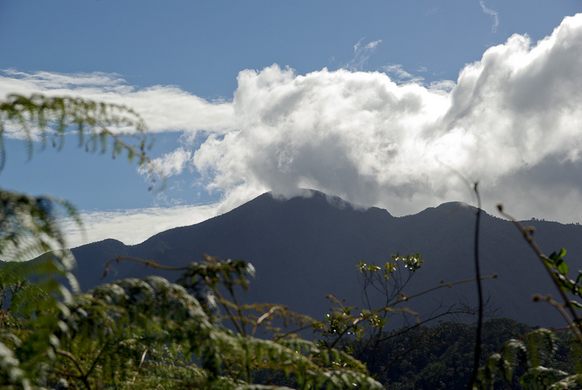
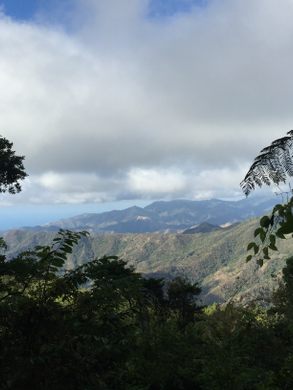
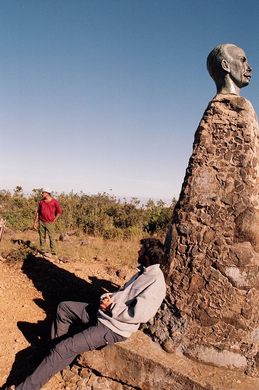





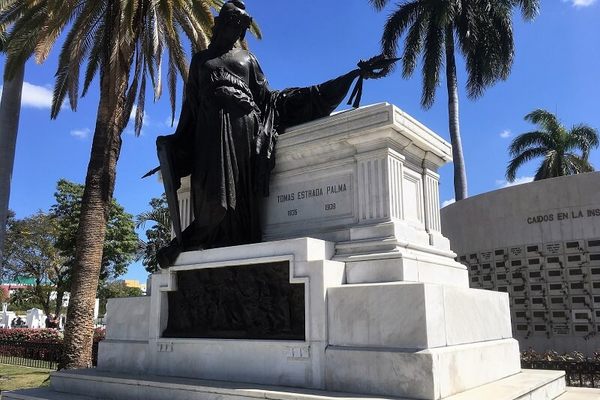


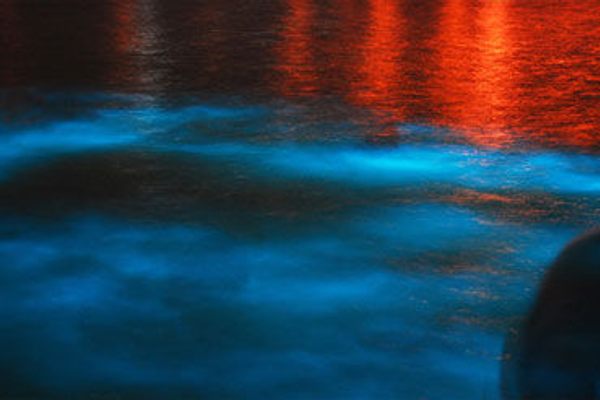

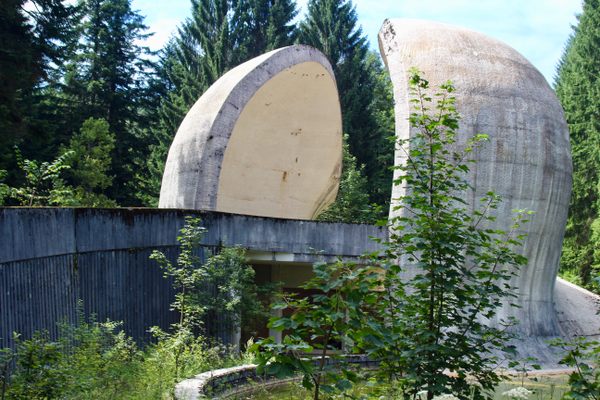

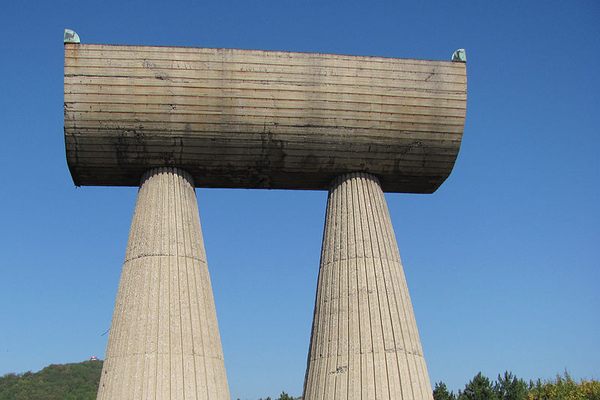

Follow us on Twitter to get the latest on the world's hidden wonders.
Like us on Facebook to get the latest on the world's hidden wonders.
Follow us on Twitter Like us on Facebook